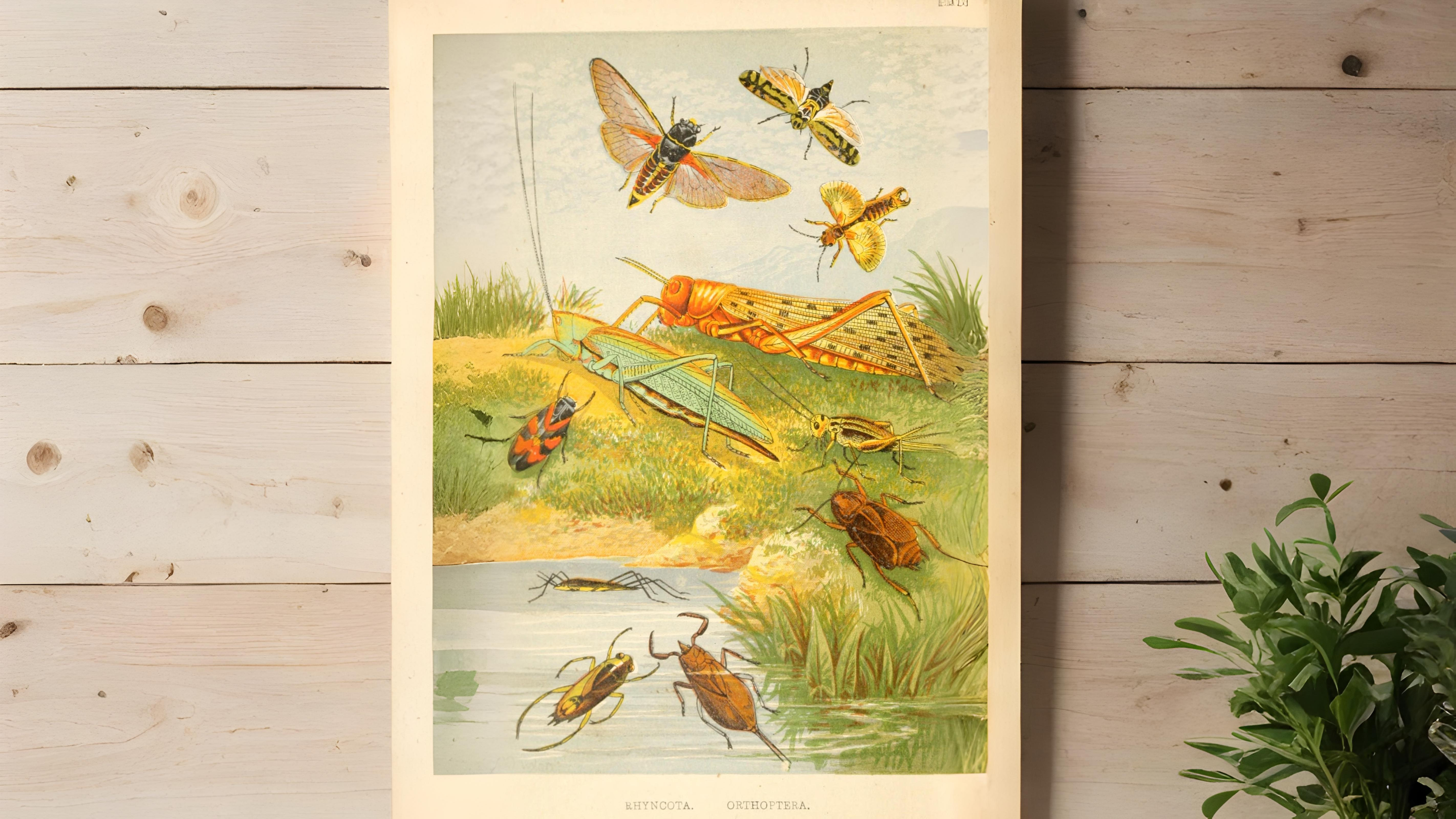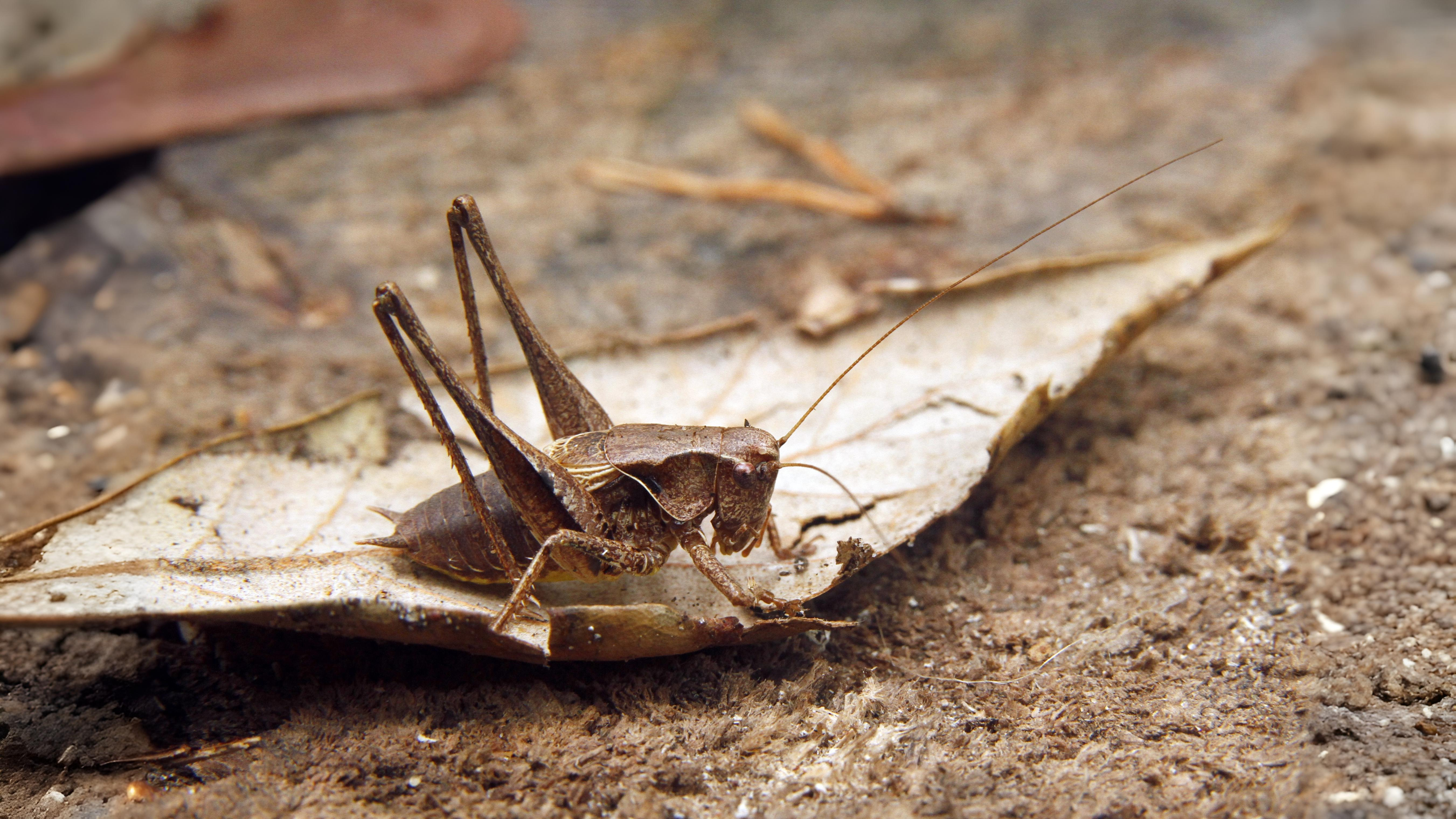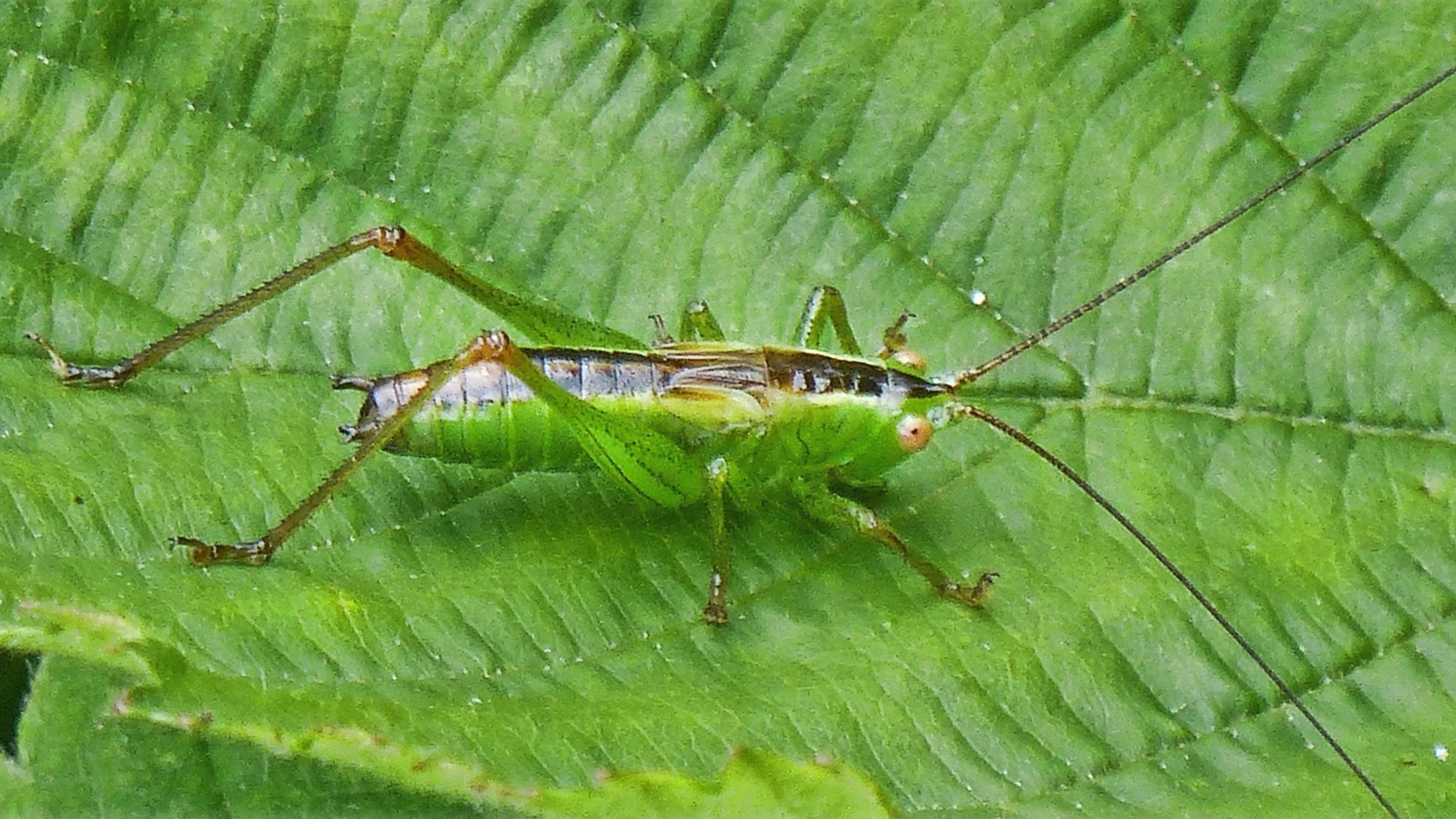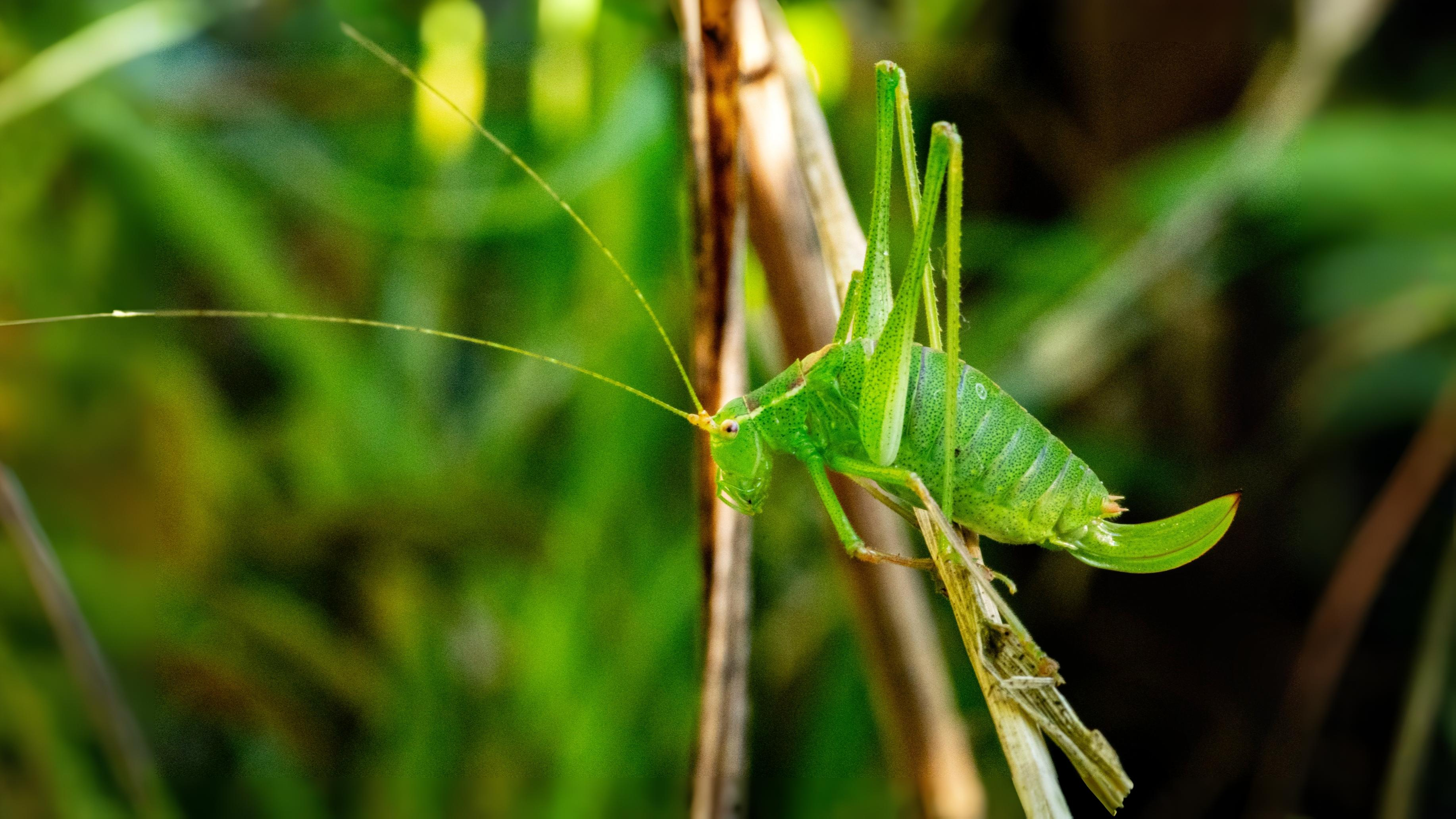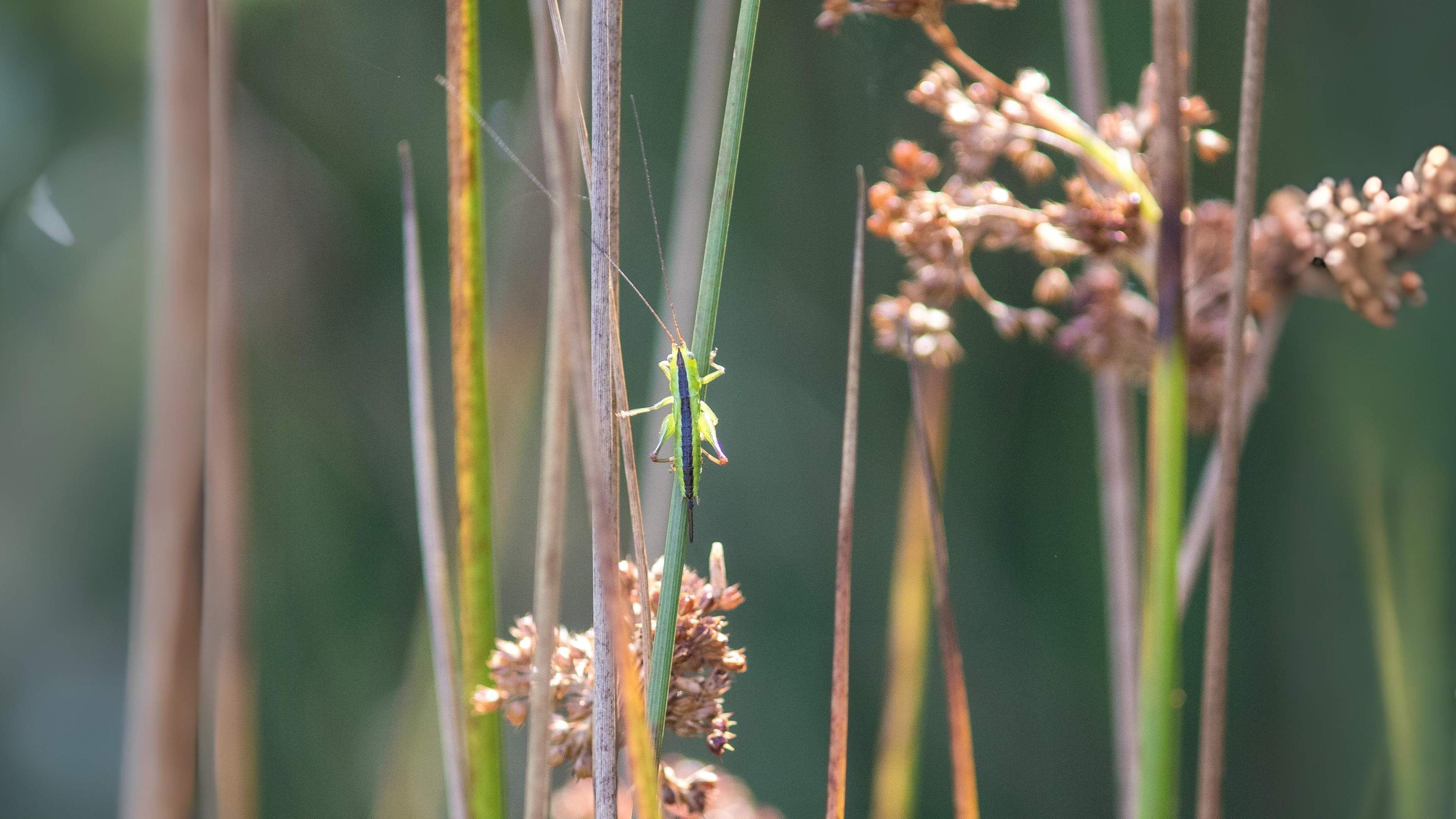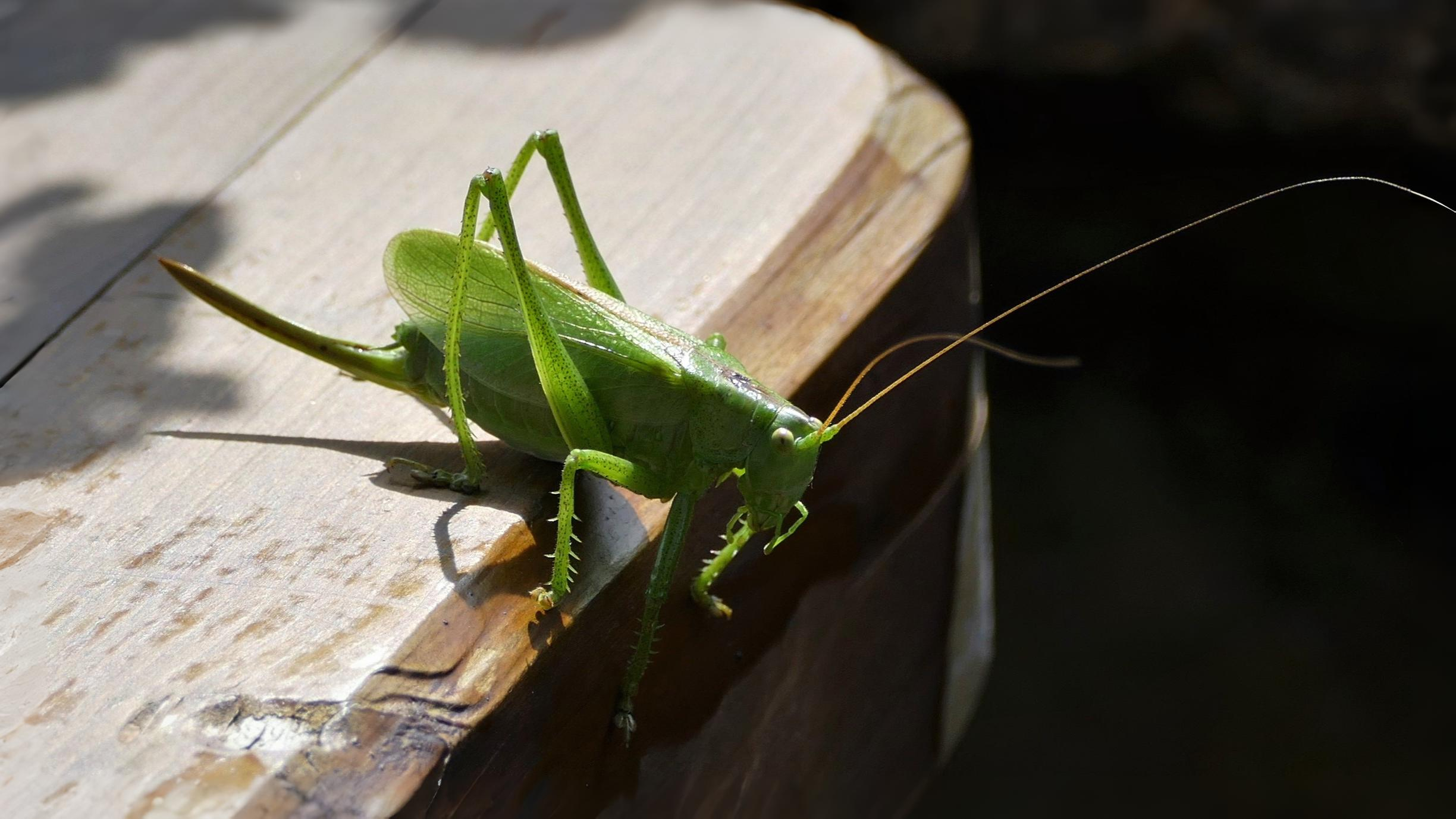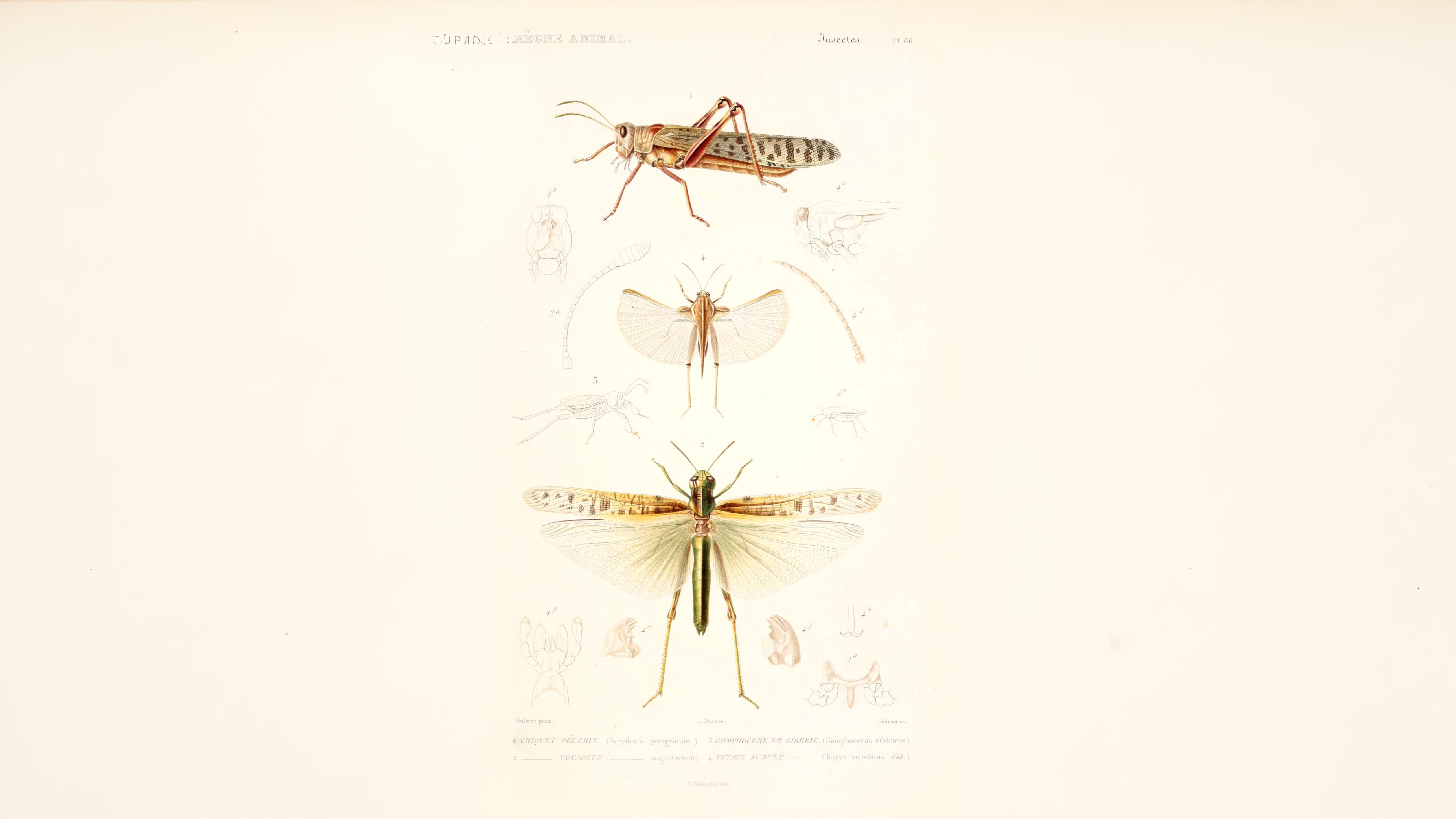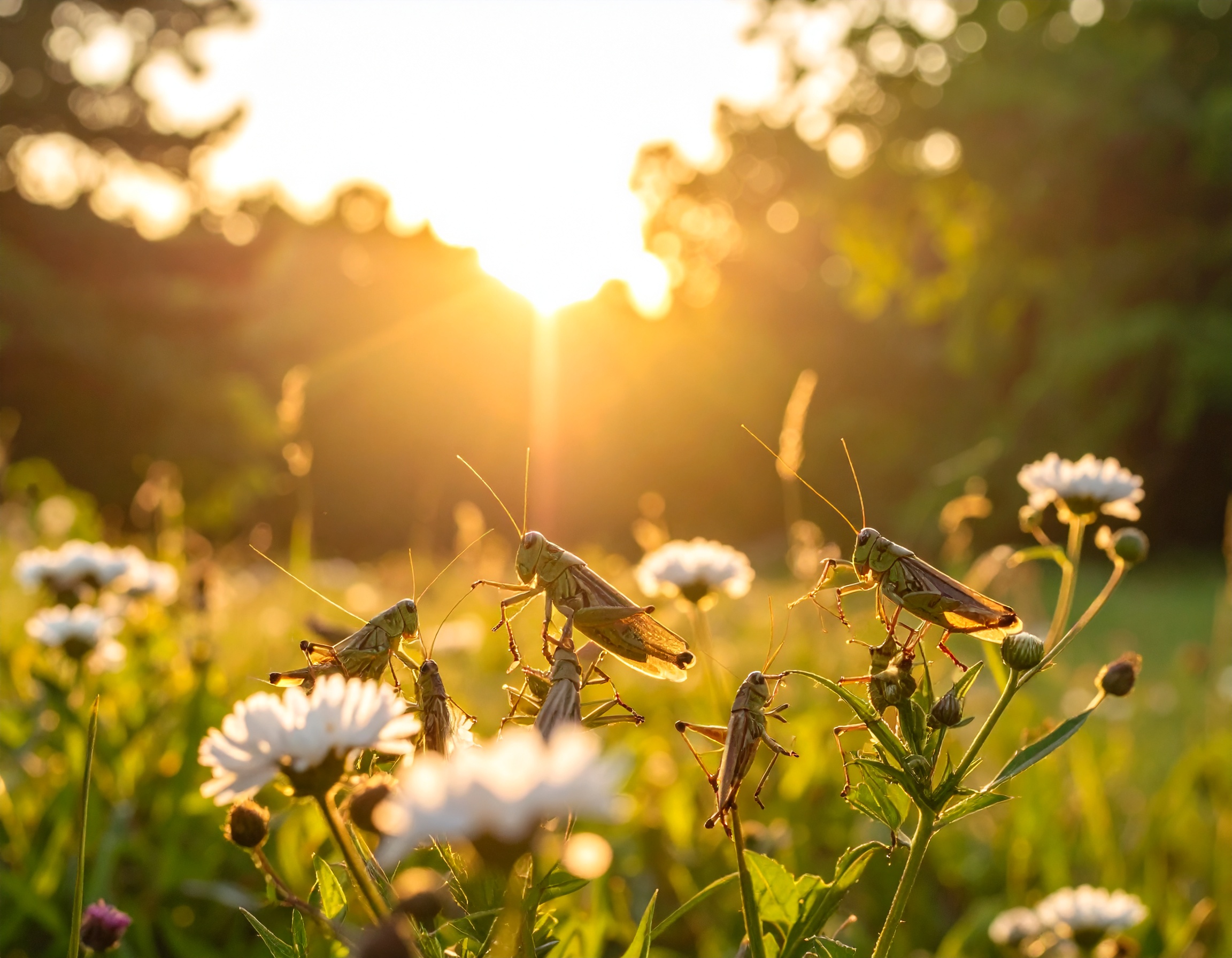
This summer, London’s green spaces are alive with a hidden orchestra—tiny musicians whose songs define the season. On July 29th, discover how grasshoppers, crickets, and coneheads create their enchanting melodies, from the meadow’s scratchy chirps to the bush cricket’s piercing serenades. Learn to decode their calls and uncover where to find these elusive performers across the city.
Don’t miss the full article—return on July 29th to tune into nature’s soundtrack!


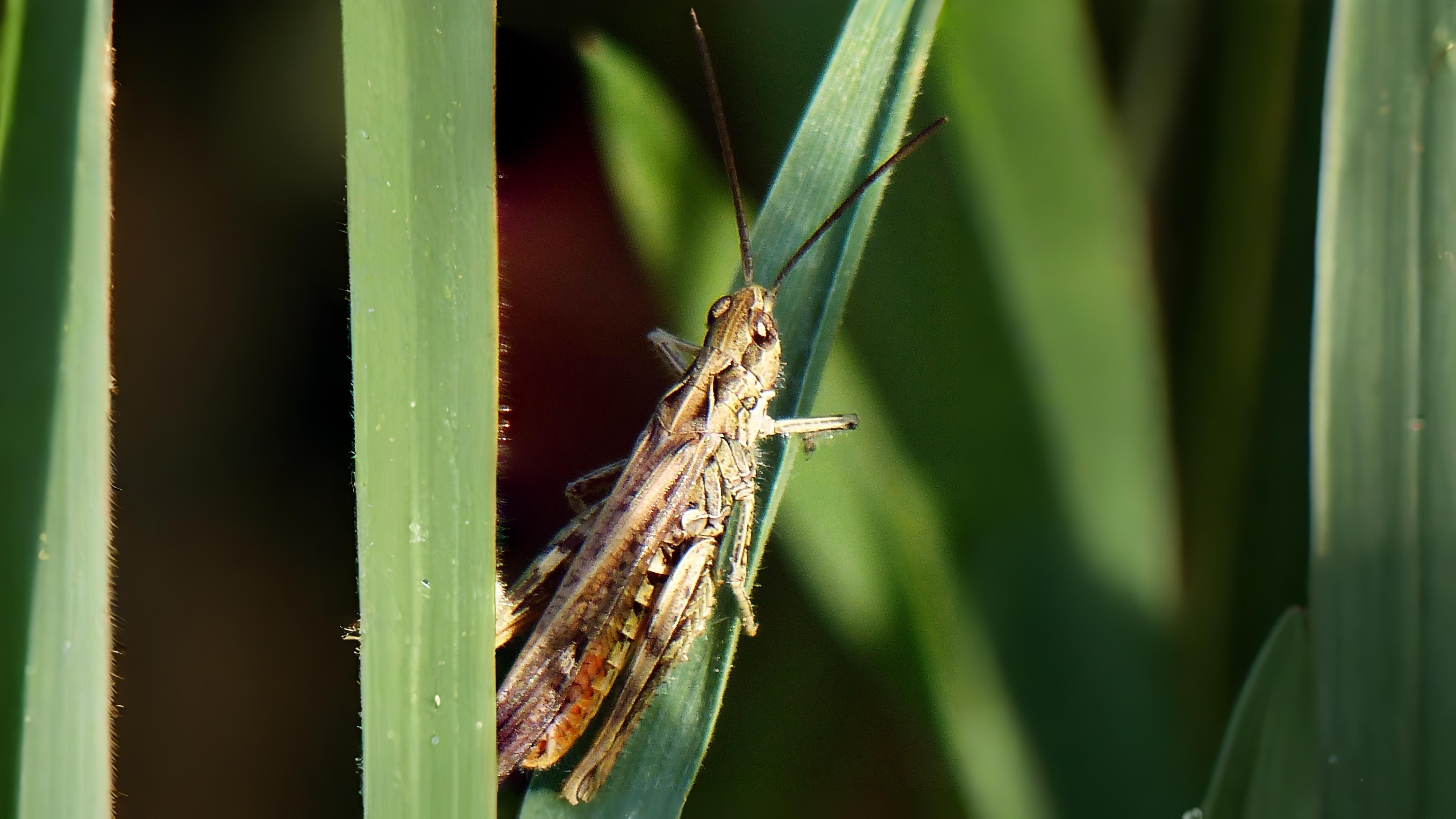

The long horned grasshoppers or bushy crickets have their own medley of different songs. Roesel’s bush cricket Metrioptera roeselii is one of the easiest to recognise. It is a high-pitched, soft but continuous reeling. It may go on for several minutes and unusually doesn’t normally stop as you approach. The dark bush cricket Pholidoptera griseoaptera produces three rough chirps in quick succession that are then repeated every six seconds.
